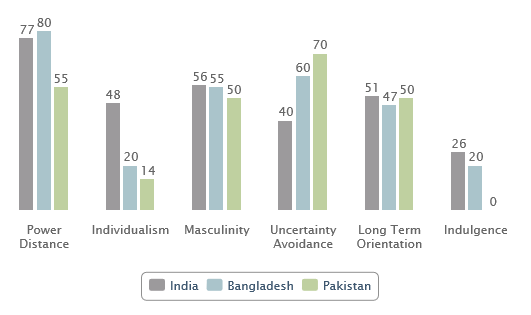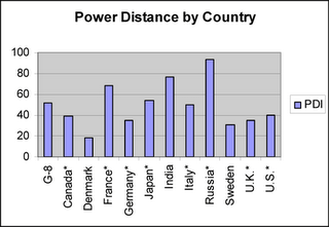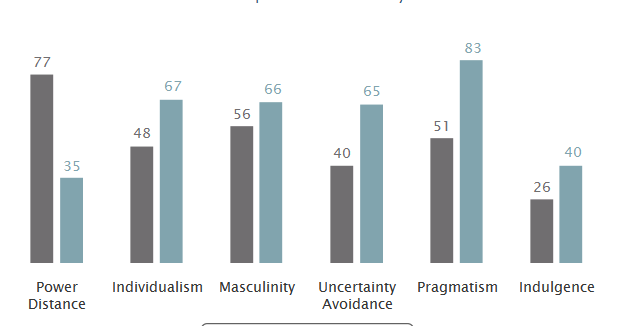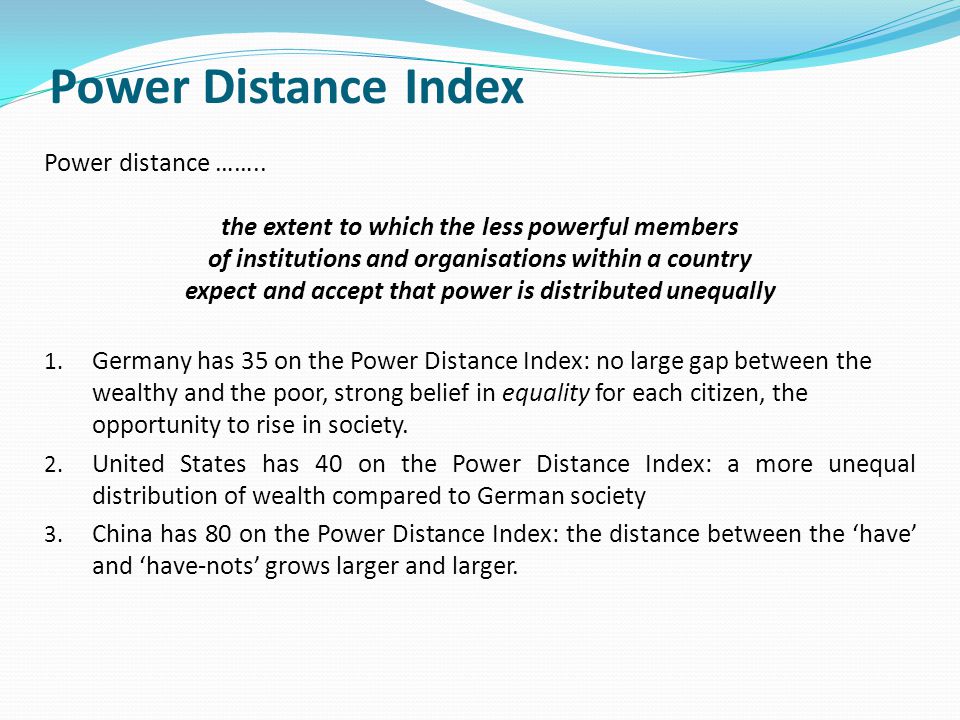Geert Hofstede's cultural dimensions theory is a framework for cross-cultural communication that identifies six dimensions of culture: power distance, individualism versus collectivism, masculinity versus femininity, uncertainty avoidance, long-term versus short-term orientation, and indulgence versus restraint. These dimensions can be used to compare and contrast different cultures, including the culture of Germany.
In terms of power distance, Germany scores relatively low, indicating that there is a more egalitarian distribution of power and a more horizontal hierarchy within organizations. This is reflected in the fact that Germans tend to value equality and respect for authority. They also have a strong sense of individual responsibility and accountability, which is reflected in their high score on individualism.
In terms of masculinity versus femininity, Germany scores relatively high on masculinity, which means that the society tends to be more competitive and achievement-oriented. There is a strong emphasis on hard work and success, and a greater tolerance for risk-taking. This is reflected in the fact that Germany has a strong economy and is home to many successful businesses.
Germany also scores relatively high on uncertainty avoidance, which means that the society tends to be more traditional and values stability and security. There is a strong emphasis on rules and regulations, and a greater fear of uncertainty and change. This is reflected in the fact that Germany has a strong legal system and a high level of social welfare.
In terms of long-term versus short-term orientation, Germany scores relatively high on long-term orientation, which means that the society values persistence, perseverance, and planning for the future. This is reflected in the fact that Germans tend to be very organized and efficient, and place a strong emphasis on education and lifelong learning.
Finally, in terms of indulgence versus restraint, Germany scores relatively low, which means that the society tends to be more restrained and less focused on pleasure and enjoyment. This is reflected in the fact that Germans tend to be more frugal and have a strong sense of social responsibility.
Overall, Hofstede's cultural dimensions theory can provide insight into the cultural values and norms of Germany and help to explain why Germans may behave and think in certain ways. Understanding these cultural dimensions can be helpful for individuals who are working with or interacting with Germans, as it can help to facilitate better cross-cultural communication and understanding.







